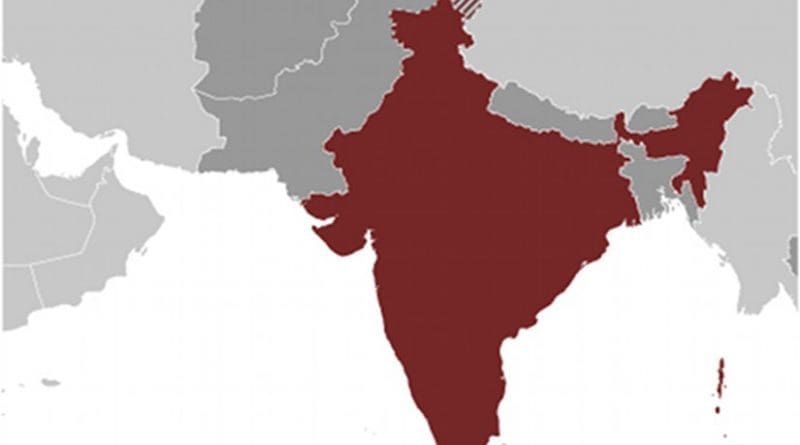India’s ‘Look East’ And ‘Act East’ Policies Reviewed 2016 – Analysis
By SAAG
By Dr Subhash Kapila*
India’s ‘Look East ‘Policy was impelled by economic and political imperatives whereas India’s ‘Act East ‘Policy was impelled by India’s strategic imperatives to establish its strategic footprints in South East Asia, a region where India has had established its footprints centuries back and where China has been muscling-in its way for decades.
Requires noting is the fact that while India’s visionary Prime Minister P V Narasimha initiated the ‘Look East’ Policy in the year 1992. India’s ‘Act East’ Policy has taken substantive shape in declaratory terms only with the advent of Prime Minister Modi’s regime. More notably, India’s ‘Act East’ Policy was not only impelled by India’s own strategic imperatives but also a call by United States and Indo Pacific countries that India’s ascendant strategic profile warranted India should also implement an ‘Act East’ Policy to emerge as a net provider of security in this vital region.
The picture obtaining in 2016 is that India is engaged in an integrated and seamless implementation of both its ‘Look East’ and ‘Act East’ policy befitting its emerging power profile. However India cannot rest complacently on its oars and expect that the momentum gained would enable a further smooth sailing ahead.
China looks with disfavour on India’s ‘Act East’ Policy implementation because China believes that South East Asia and the Western Pacific littoral is China’s strategic backyard and India has no business in interloping into the region. China can therefore be expected to indulge in some deft manoeuvring in limiting India’s growing influence especially enlisting countries like Indonesia, Laos and Cambodia and possibly Thailand also.
Comparatively, India under Prime Minister Modi has been successful in establishing a Special Strategic Partnership with Japan and strategic partnerships with South Korea and the Philippines. India also has a strong and traditional Strategic Partnership with Vietnam where defence and security relationships are being substantially being reinforced.
Notably, India’s ‘Act East’ Policy strengthening of defence and security relationships coincides and rests on Indo Pacific countries which constitute the Outer Perimeter of United States security ring of defence of Continental United States. It may just be coincidental arising from these countries similar strategic concerns on China’s not so peaceful rise endangering regional security.
Strategically fortuitous is the emerging strategic reality that portends well for the future stability and security of Indo Pacific Asia is the growing strategic congruencies of India with the United States, Japan, Vietnam and Australia. While this does not portend the emergence of a military alliance of these strategically like-minded nations but it is a strong pointer that despite the absence of a formal military alliance structure there exists strategic space for a loose military cooperative framework. This itself puts in place an existential strategic counterweight of balancing a China bent on crafting a China-centric order in Indo Pacific Asia.
In Indo Pacific Asia, in the years to come, India would be expected to play a significant role upholding the security and stability of the region. Leadership roles do not come cheaply or handed on the platter and India should not expect that it’s ‘Act East’ Policy by itself would rhetorically endow it with a salient leadership role. It comes with a price and the price that India would have to pay in this direction is to stand firmly upto China both in the context of the China-India military confrontation but more importantly in measuring upto Indo Pacific nations expectation that it stands upto China in the interest of overall security and stability of Indo Pacific Asia. This is the salient concluding observation that emerges if India is really to achieve the intended end-aims of its ‘Act East’ Policy.
*Dr Subhash Kapila is a graduate of the Royal British Army Staff College, Camberley and combines a rich experience of Indian Army, Cabinet Secretariat, and diplomatic assignments in Bhutan, Japan, South Korea and USA. Currently, Consultant International Relations & Strategic Affairs with South Asia Analysis Group. He can be reached at [email protected]

